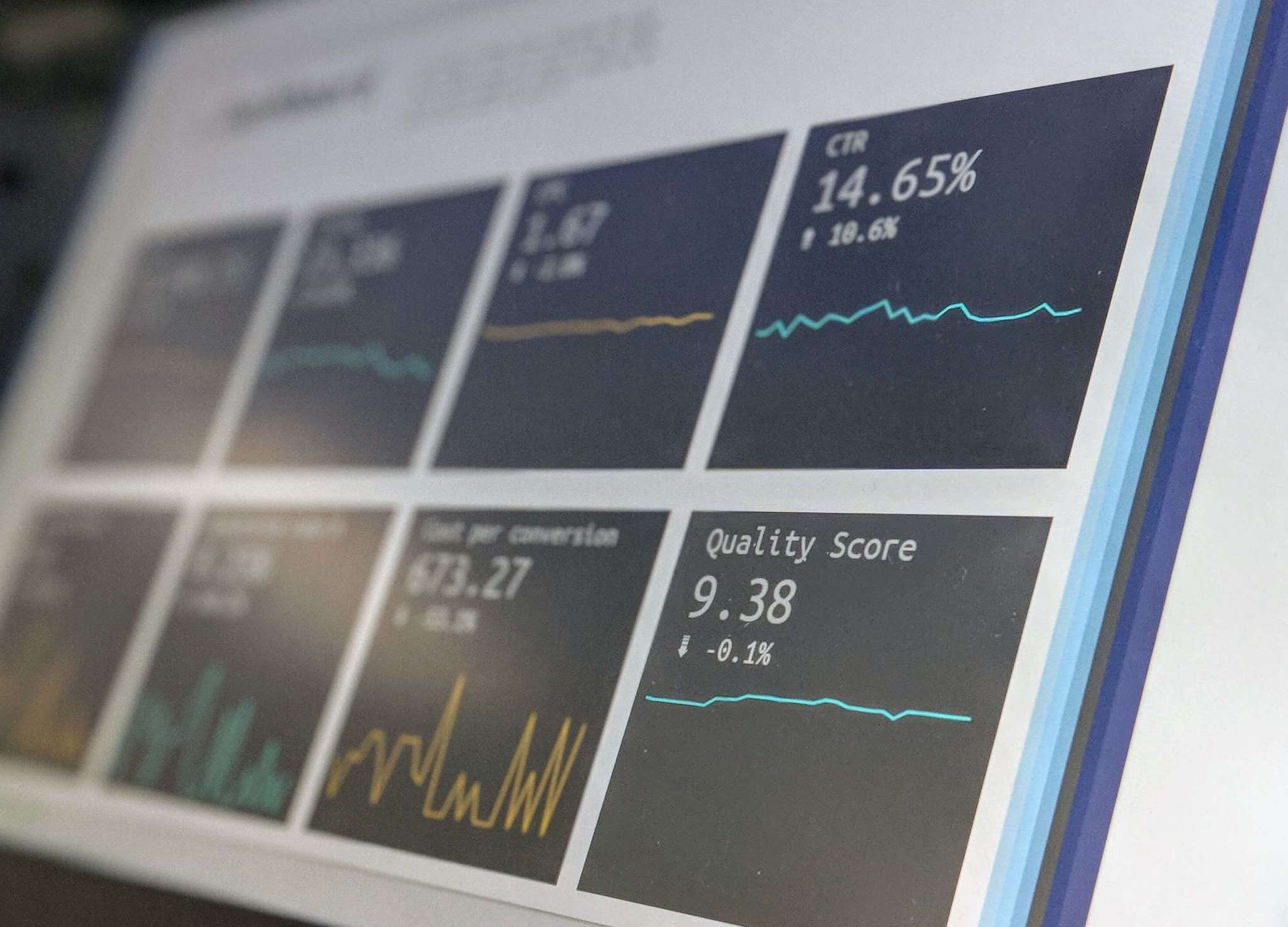When it comes to retail, Generative Artificial Intelligence (GenAI) not only optimizes operational excellence but also triggers several relatively intuitive use cases. The latter could help organizations stand out in this fiercely competitive market.
Will GenAI transform retail the same way it once did with digital technologies? Spanning the mass market and luxury, retail has undergone sweeping changes on the back of an e-commerce boom and a shift from single to omnichannel engagement.
For the best part of a decade, retail has already deployed AI as a generic concept, providing measurable benefits without shaking the industry’s foundations. With its optimized deliveries and inventories, AI serves to elevate operational excellence while enhancing the customer experience (CX) through personal push notifications. It’s very much a numbers game, where algorithms are practical rather than game-changing.
GenAI is a different story. By applying a natural language prompt, it taps into neuronal networks to create content (texts, images, sounds, etc.) that is unique. Consider it a different, upgraded form of AI; intuitively usable and readily engaging with its environment.
Streamlining complexities
At first glance, it only seems natural to use GenAI like its traditional counterpart as a further boost to operational excellence. Across the supply chain, GenAI has an unmatched ability to streamline the many arduous admin tasks as well as manage multiple vendors and products with updates to all required documentation. A case in point is Walmart which is testing GenAI to negotiate contracts with some of its smaller suppliers. First, the retailer notifies the chatbot of its budget and priorities. Next, the bot interacts with a human salesperson, factoring in market trends, raw material amounts and competitor costs.
GenAI is also capable of quickly issuing tenders and contracts by scanning through the various clauses. What’s more, the tool is able to maximize storage space by reviewing product specifications before suggesting an optimal warehouse location. If that weren’t enough, GenAI improves customer service. One notable example comes from the Middle East where Carrefour’s WhatsApp virtual assistant seamlessly and enthusiastically engages with consumers.
When geared towards operational excellence, it comes as no surprise that GenAI is a time-saver, a market differentiator, and in turn, a margin enabler. Now let’s review the much less intuitive use cases sparking potential disruption.
Recreating a personal shopping experience
Above all, for e-commerce, GenAI can engage and inform customers, making the digital experience reflect that of a physical store. Unveiled in the US in June 2023, Google Shopping’s new “Try-On” feature helps consumers visualize how garments look on them. Wearing the selected item of clothing, GenAI’s digitally generated model resembles the consumer (body type and skin tone). On top of boosting the conversion rate, this particular feature is intended to drastically reduce returns much to the annoyance of e-tailers. For instance, Zalando’s customers return half their orders, with a third due to size issues.
Virtually speaking, GenAI also plays the role of the uber-enthusiastic personal shopper (e.g., Zalando). Harnessing the power of ChatGPT, GenAI operates as a chatbot, talking with customers to pick out the perfect outfit after rummaging through thousands of products that match their taste, preferences and the weather. Meanwhile, Carrefour launched Hopla – also powered by ChatGPT – which develops recipes and shopping lists that are tailored to customers’ budgets, intentions and guest numbers.
Forging human connections
All told, Gen AI practically fulfills the same purpose in the mass market and e-commerce. In an ecosystem that seemingly delivers on self-service to make up for a margin squeeze, ironically, it’s the technology that forges the human connection. It encourages in-store interaction, as exemplified by Macy’s “On Call” app. Engineered by IBM Watson, this virtual AI assistant applies natural language processing to enable clients of New York’s famous retailer to ask about a store’s product range, services and facilities before responding with customized answers.
Establishing such a connection in physical stores could address one of the more exasperating aspects of customer experience (CX), namely finding and locating products and services at a given point of sale. Tomorrow’s retail landscape could go one step further with augmented mirrors in fitting rooms that offer advice on sizes and accessories.
Catering to a premium clientele
For premium retailers, GenAI cannot fully replace humans. This particularly applies to luxury, and with good reason since this industry already boasts a first-class CX. GenAI helps to further customize the process by directly engaging with every single customer, which makes the experience that extra bit special. Thanks to its ability to interact, technology builds on the digital skills of sales representatives so they can cater to the best clientele in their portfolio.
On this basis, GenAI will be able to simulate photos of such clients sporting items from the latest collection that were handpicked according to their preferences. Whenever a customer sends positive feedback for one of these simulations, the items will be set aside for them and ready to be purchased in their regular store.
Incentivizing sustainable consumption
Lastly, now that CSR is a cornerstone challenge in retail, GenAI can contribute towards incentivizing sustainable consumption. Compiling a wealth of information, this tool keeps consumers informed of item sources, components, lifespan and environmental impacts prior to making any purchase. Moreover, GenAI pinpoints products designed for real-life purposes so as to reduce impulse buys and returns. Hence Sephora’s use of GenAI to recommend beauty products matching customers’ facial features.
Understanding customer intentions
Retailers sit on a goldmine thanks to the full scale of interactions between GenAI and customers. In doing so, they escape the wrath of panelists, gaining access to high-quality data. Chatbots strike up conversations used to continuously improve the process by identifying recurring issues, gathering preferences, spotting trends, understanding customer intentions toward a specific brand, and the list goes on.
No sooner collected, data needs analyzing; another task that is second nature to GenAI. Amazon notably leverages GenAI to summarize product reviews given by Internet users, browsing an item’s listed strengths and weaknesses before publishing a relevant recap. As such, the American pure player operates on two fronts. Number one: it supplies customers with detailed information to make informed decisions. Number two: it determines their requirements by providing exactly what they need.
Drawing on past experience
One thing is certain: retail is on the cusp of far-reaching transformation. For now, it’s less easy to predict the scale of GenAI as a trend. But uncertainty also loomed large in the infancy of e-commerce. Trailblazers once placed their bets on a boom in groceries. Alas, in 2001, the failure of the short-lived Webvan venture in the US sapped all their energy. Likewise, no one backed online shoe sales which have become a mainstay for consumers given the sheer selection and easy return policy.
GenAI looks set to spring up similar surprises. Getting started is a must if you want to stay ahead of the game (which is tough!). It calls for specialized teams and prompt engineers, not forgetting a consistent overall approach. Intuitive or not, be sure to test your use cases and learn from the stuttering start observed in e-commerce.
Let's continue our exploration:
Get your questions answered by our Data & AI experts. Find out how we can help you realize the full potential of AI for your organization.
Read our “Road to AI” series to explore the many facets of artificial intelligence and unlock its power to grow your business.







